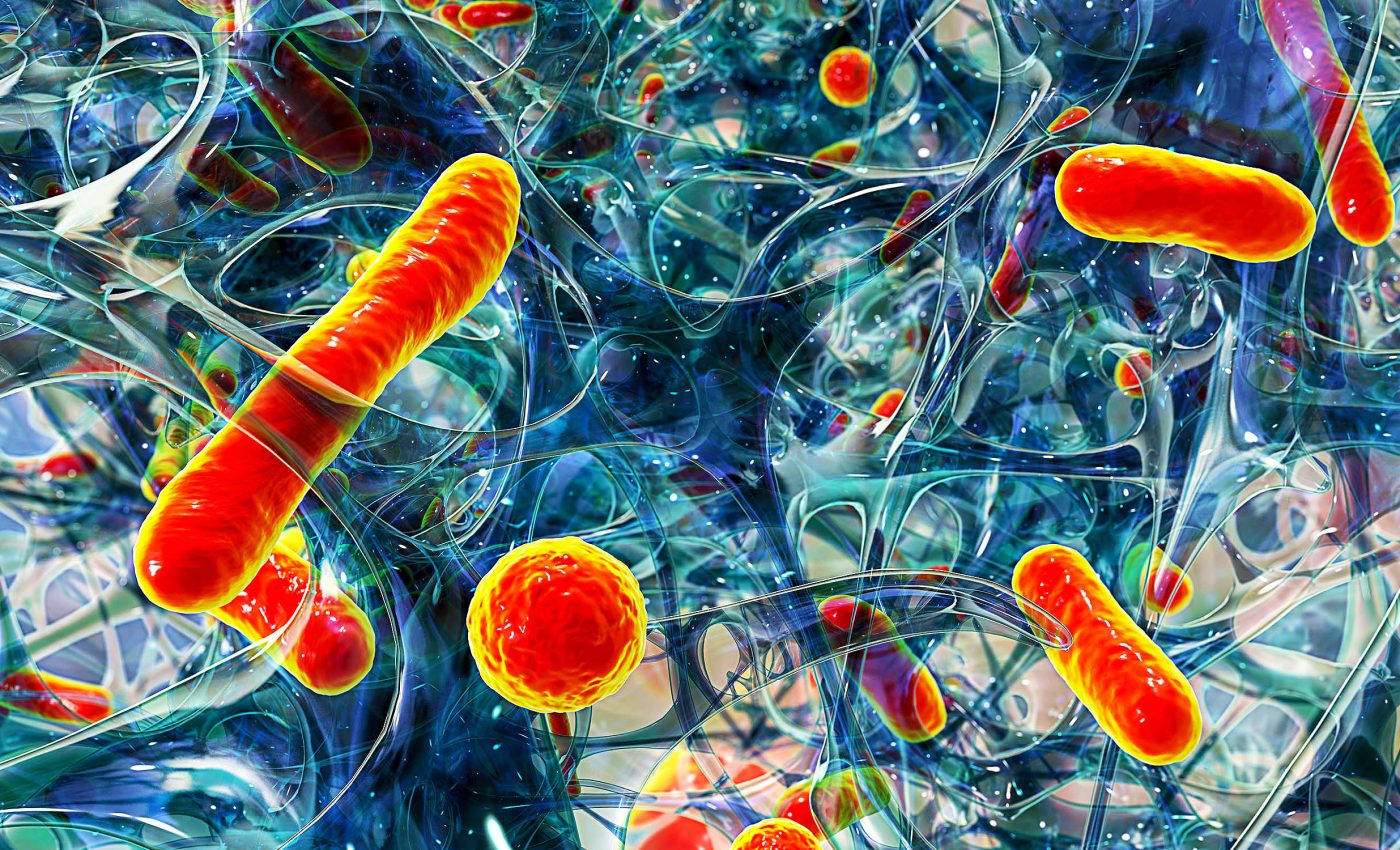
Arctic Sea microbes show promise as new antibiotic drugs
Antibiotics, the silent superheroes of modern medicine, save lives during surgeries and shield us from fatal infections. However, more bacteria are developing resistance. That’s why scientists are exploring new sources, like the Arctic, for fresh antibiotic candidates.
Our regular soil might just be the knight in shining armor, waiting to rescue us. Soil is the birthplace of about 70% of all currently licensed antibiotics, specifically a group of organisms known as actinobacteria.
New habitats for actinobacteria
Our Earth, the charming little blue-green planet we call home, has yet to reveal all her secrets. Many of her nooks and crannies are still unexplored, including a plethora of untapped habitats for actinobacteria.
And who knows, these little microbes could hold the key to the next generation of antibiotics.
Here’s the best part: these fresh antibiotics might not annihilate bacteria, but they could reduce their ‘virulence’ or disease-causing capability.
That’s like turning a fearsome dragon into a harmless lizard. With such antivirulence compounds, it’s harder for bacteria to fight back. Plus, these promise fewer nasty side effects.
Antibiotic compound from Arctic
Now, let’s meet the brain behind this revolutionary idea. Dr Päivi Tammela of the University of Helsinki, Finland, and her team have developed advanced screening assays to spot these antivirulence and antibacterial metabolites in actinobacteria extracts.
They discovered a compound from the Arctic Ocean that can inhibit the virulence of E. coli without affecting its growth.
Testing antibiotic potential from Arctic
The team targeted a strain of E. coli that wreaks havoc on children under five, causing severe diarrhea. This nasty bacterium sticks to cells in the gut and injects destructive ‘virulence factors’ into the host cell.
The team then sailed off to the Arctic Sea, to an island called ‘Svalbard,’ aboard the Norwegian research vessel ‘Kronprins Haakon.’
They collected invertebrates, isolated actinobacteria from them, and extracted and separated their cells into fractions, testing each one against the menacing E. coli.
New antibiotic from Arctic waters
Researchers found two unknown compounds from the strains Rhodococcus and Kocuria which showed strong antivirulence or antibacterial activity.
“Here we show how advanced screening assays can identify antivirulence and antibacterial metabolites from actinobacteria extracts,” said Dr Tammela.
“We discovered a compound that inhibits enteropathogenic E. coli (EPEC) virulence without affecting its growth, and a growth-inhibiting compound, both in actinobacteria from the Arctic Ocean.”
That makes it a promising candidate since E. coli is less likely to evolve resistance against this strain. Dr. Tammela and her team found that the active compound was most likely a phospholipid, a fatty molecule crucial for cell metabolism.
Arctic and future antibiotic development
The discovery of these novel compounds presents a paradigm shift in the pursuit of new antibiotics. By focusing on antivirulence strategies rather than outright bacterial elimination, researchers can potentially reduce the evolutionary pressure that drives antibiotic resistance.
This means that we might not only preserve existing antibiotics for longer but also ensure that treatments can evolve alongside ever-adapting bacteria.
As the tide of resistance continues to rise, such innovative approaches could safeguard our arsenal of medications, granting us additional time to explore further solutions for the looming antibiotic crisis.
Call to action for research
As we stand on the brink of this exciting new frontier, the journey ahead demands collaboration across various scientific disciplines.
Chemists, biologists, and clinicians must join forces to rigorously test and refine these promising compounds.
Additionally, funding institutions and policy-makers should prioritize research initiatives that explore microbial biodiversity and its potential applications.
By promoting an environment of interdisciplinary research and innovation, we can encourage the discovery of even more exciting treatments that could stem the tide of bacterial resistance, keeping our communities safe and healthy for generations to come.
The team is now focused on optimizing culture conditions for antibiotic compound production, isolating enough of each compound for further study, and understanding their respective bioactivities, especially those from Arctic sources.
That’s the great thing about science! There’s always another mystery to solve.
The study is published in the journal Frontiers in Microbiology.
—–
Like what you read? Subscribe to our newsletter for engaging articles, exclusive content, and the latest updates.
Check us out on EarthSnap, a free app brought to you by Eric Ralls and Earth.com.
—–













